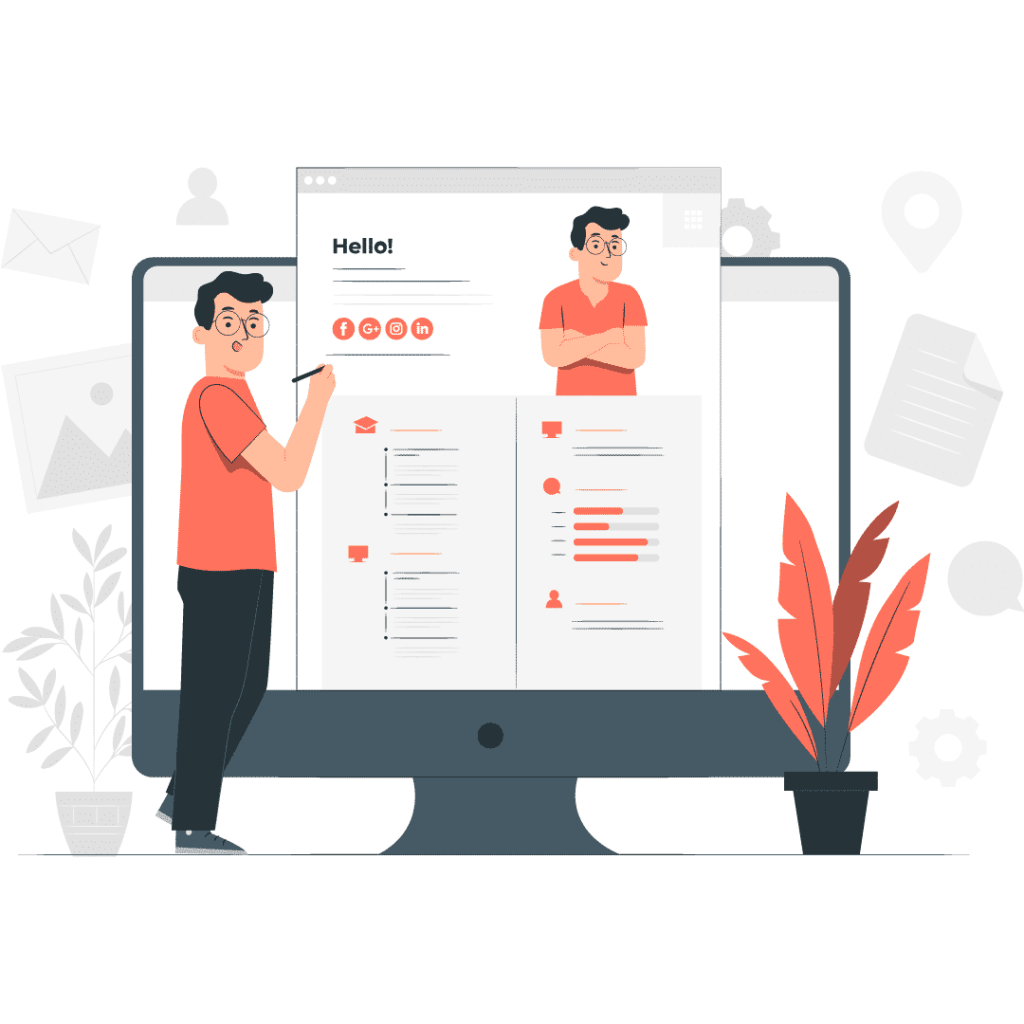As organizations rapidly move to the cloud, designing secure architectures in Microsoft Azure has become a critical skill. Whether you’re applying for a role in cloud engineering, security architecture, or Azure solutions architecture, you’ll likely be asked questions about secure cloud design.
This blog provides a structured and helpful set of commonly asked interview questions related to designing secure, scalable, and resilient Azure architectures. It’s written with practical explanations to help you prepare confidently and thoroughly.
Keywords like Azure architecture, secure cloud design, Microsoft Azure best practices, cloud infrastructure, and security patterns are naturally used throughout to enhance SEO and relevance.
Q1: What are the pillars of a secure cloud architecture in Azure?
Answer: The key pillars include:
- Identity and access management: Secure access to resources using role-based access control (RBAC), Azure AD, and Conditional Access.
- Network security: Use of virtual networks (VNets), Network Security Groups (NSGs), firewalls, and private endpoints.
- Data protection: Encryption at rest and in transit, using services like Azure Key Vault.
- Monitoring and logging: Centralized logging with Azure Monitor, Log Analytics, and Azure Security Center.
- Governance: Using Azure Policy, Blueprints, and tagging for compliance.
- Backup and disaster recovery: Ensuring data resilience through Azure Backup and Azure Site Recovery.
These principles are foundational when applying Microsoft Azure best practices to real-world cloud infrastructure.
Q2: How do you secure identity access in Azure?
Answer: Start with Azure Active Directory (Azure AD) to manage identities. Key actions include:
- Enforcing multi-factor authentication (MFA)
- Using Conditional Access policies
- Applying least privilege principle via RBAC
- Utilizing Privileged Identity Management (PIM) for just-in-time access
- Using managed identities for applications to avoid secrets in code
These strategies align with secure cloud design principles and ensure minimal exposure to identity threats.
Q3: What is the importance of role-based access control in secure Azure design?
Answer: RBAC allows granular access control by assigning roles to users, groups, or service principals at different scopes (subscription, resource group, resource). This helps prevent unauthorized access while ensuring users have the permissions needed to do their job — a key component in Microsoft Azure best practices.
Q4: How would you design a secure network in Azure?
Answer: Key elements include:
- Virtual Networks (VNets) for isolating resources
- Network Security Groups (NSGs) to control traffic
- Azure Firewall or third-party appliances for perimeter security
- Private endpoints for secure service access
- Service Endpoints to extend VNet identity to Azure services
- DDoS Protection to prevent denial of service attacks
These security patterns are fundamental to a well-architected Azure architecture and protect the core cloud infrastructure.
Q5: What is Zero Trust and how do you implement it in Azure?
Answer: Zero Trust is a security model that assumes breach and verifies every request. Key implementations in Azure include:
- Verify explicitly: Use Azure AD to authenticate and apply conditional access.
- Use least privilege access: Enforce RBAC and just-in-time access.
- Assume breach: Monitor and log all activity using Azure Monitor and Defender for Cloud.
This model supports a proactive and adaptive secure cloud design.
Data Security and Encryption
Q6: How do you protect data at rest and in transit in Azure?
Answer:
- Data at rest is encrypted using Azure Storage Service Encryption or SQL Transparent Data Encryption (TDE).
- Data in transit is secured via TLS/SSL protocols.
- Use Azure Key Vault to manage encryption keys and secrets.
- For extra control, implement customer-managed keys (CMK) instead of Microsoft-managed ones.
This follows standard security patterns in enterprise-level cloud infrastructure.
Q7: How would you secure secrets and keys in an Azure environment?
Answer:
- Store secrets, keys, and certificates in Azure Key Vault.
- Enable RBAC and access policies on the Key Vault.
- Integrate Managed Identity with Azure services that consume the secrets.
- Set up soft delete and purge protection to prevent accidental or malicious deletion.
This practice is a cornerstone in Microsoft Azure best practices for application and infrastructure security.
Monitoring, Compliance, and Governance
Q8: How do you monitor a secure architecture in Azure?
Answer: Use the following tools:
- Azure Monitor for performance and health
- Log Analytics for querying logs
- Azure Activity Logs to track user actions
- Microsoft Defender for Cloud for threat detection and recommendations
- Security Center for security posture management
Proactive monitoring is essential in any secure Azure architecture.
Q9: How do you enforce compliance and governance in Azure?
Answer:
- Use Azure Policy to enforce compliance with organizational rules (e.g., no public IPs).
- Azure Blueprints allow you to define repeatable environments with security built-in.
- Set up resource tagging and management groups for organization.
- Perform access reviews and regular audits.
This ensures your cloud infrastructure adheres to internal and external compliance standards.
Q10: How do you ensure business continuity in Azure?
Answer:
- Use Availability Zones for high availability
- Use Azure Site Recovery (ASR) for disaster recovery
- Enable Azure Backup for data protection
- Design for geo-redundancy and region failover
This aligns with secure and resilient Azure architecture design goals.
Q11: What are some anti-patterns to avoid in secure cloud design?
Answer:
- Hardcoding secrets in code
- Using overly permissive roles
- Relying on public IPs unnecessarily
- Ignoring logging and monitoring
- Not setting up backups or redundancy
- Skipping MFA and access control
Avoiding these anti-patterns is part of Microsoft Azure best practices.
Q12: You’re tasked with designing a multi-tier web application in Azure. What security elements would you include?
Answer:
- Front-end behind Application Gateway with WAF
- Use of Azure Firewall or NSGs for internal traffic control
- Azure Key Vault for secrets
- RBAC for access control
- Private endpoints for databases
- MFA and conditional access for user access
- Defender for Cloud for security monitoring
This approach ensures each layer of the application follows a secure cloud infrastructure model.
Q13: How would you secure APIs hosted in Azure?
Answer:
- Host behind Azure API Management (APIM)
- Use OAuth 2.0 or Azure AD authentication
- Validate input to prevent injection attacks
- Monitor usage with APIM logs
- Use rate limiting and throttling policies
API protection is essential in a modern secure cloud design.
Conclusion
Securing your Azure environment isn’t just about enabling a few features — it’s about adopting a mindset of continuous improvement, risk mitigation, and compliance alignment. Whether it’s securing identities, encrypting data, hardening networks, or monitoring activity, these practices form the bedrock of any modern Azure architecture.
Understanding these concepts not only helps you succeed in interviews but also equips you for real-world scenarios in enterprise cloud design. Study the questions, practice explaining your design decisions, and always stay updated with the latest Microsoft Azure best practices.




No comment yet, add your voice below!